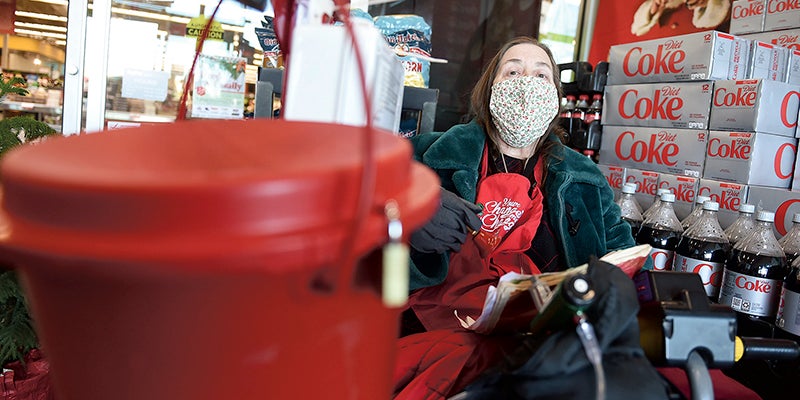Letter: Hurdles need to be cleared to get support for rural communities
Published 7:01 am Wednesday, April 8, 2020
|
Getting your Trinity Audio player ready...
|
The year was 1971 and Minnesota’s rural counties were struggling to pay for their most basic social programs. Small cities and townships began to have a need for things like police and firefighters, but not enough local tax revenue to afford them. The solution was a bi-partisan bill aimed at helping communities whose need for revenue exceeded their ability to pay. Since most large manufacturers reside in urban districts and most farming is done in rural districts, this reallocating of resources was mutually beneficial. It’s important to understand that the guidelines for redistribution have been amended to meet the needs of demographic challenges, no longer focusing on a city’s budget, because at the time, cities that spent more money received more “Local Government Aid (LGA).”
Though this bill, affectionately nicknamed the “Minnesota Miracle”, was created by both DFL and Republican legislators, and LGA is widely supported by both parties, there are considerable differences in how the two major parties have handled themselves. For instance, in 2003, Gov. Tim Pawlenty famously gutted this program and statewide property taxes were inversely affected. Since then, Gov. Mark Dayton made improvements, but not until last year, when Gov.Tim Walz asked for a $30 million dollar investment has this program been fully restored. With a current state budget surplus and a fully funded LGA program, Minnesota’s rural districts are in good shape to reap the benefits, but another hurdle has just presented itself.
The 2020 U.S. Census has just begun. For the first time ever, there will be an online registration option. This is great news for most, but there are also hard to reach demographics, such as, but not limited to, the disabled, elderly, and those with more than one job. Since LGA is distributed on a demographic basis, and not budgetary, without a thorough count, rural counties like Freeborn and Mower could suffer financial and institutional losses.
Unfortunately, the Trump administration has dramatically cut enumerators (the ones paid to do the counting) and restricted guidelines for how many times a door is knocked on before they are simply not counted. According to a recent Fair Count Summit I attended personally, from six times to just twice. Instead they have chosen to rely on volunteer committees like Complete Count to do the counting for them. This group utilizes retired and volunteer citizens to survey their own districts, but with the ongoing pandemic, scarce PPE, and a stay-at-home order in place, these people may find themselves unwilling to subject themselves to possible infection. When the 2020 Census is complete, its implications will affect not only Local Government Aid, but school zones, political redistricting, economic development, and healthcare accessibility.
Thomas Martinez
Hayward, MN


